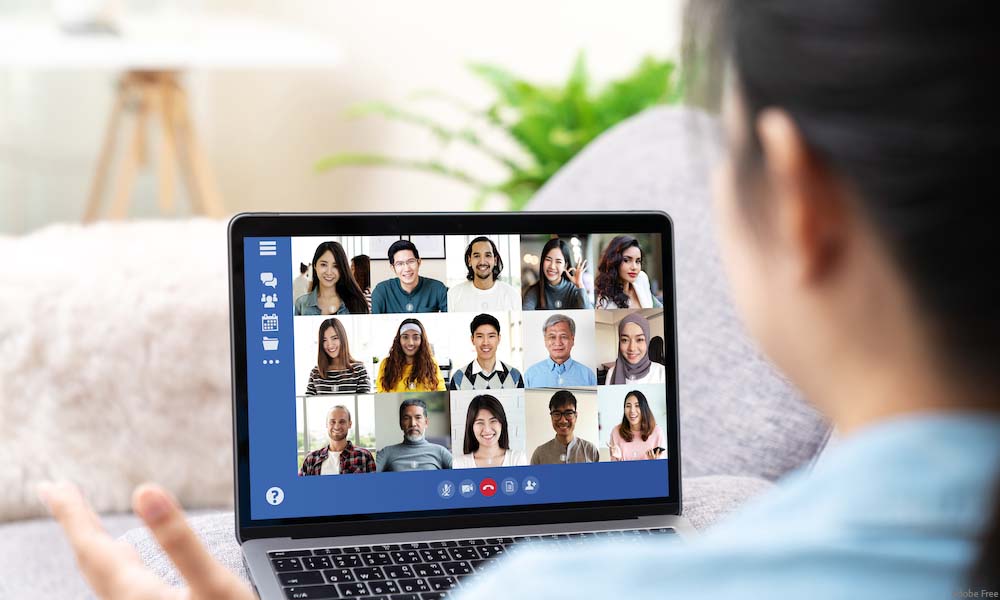Security
Managing Social Media Risk Management Effectively

Social media data breaches have been making headlines recently, and they could put your company’s reputation at risk. While it is true that social media can be a valuable part of your marketing arsenal, it is crucial to preserve your security while using these platforms. Here’s what you need to know.
Social Media Risk Factors
There are numerous potential access points for hackers when it comes to social media and being aware of them can help you protect your organization’s security.
Single Sign-On
The single sign-on option allows you to log into various websites using your Facebook, Google or other social media credentials. This way, you only need to sign in once, minimising the number of passwords you have to remember. The problem, though, occurs when the site you are trying to access isn’t secure. Hackers can then gain access to your user authentication token, allowing them to use your credentials to log into other sites.
In the wake of the most recent Facebook data breach, the social platform assured users that it had closed the vulnerability so that it will no longer be an issue for users. However, it still remains to be seen if Google, Linkedin and other social media outlets have similar vulnerabilities that haven’t yet been exposed.
To protect your company from these types of vulnerabilities, it is better to create separate login credentials for each site you use rather than using the single sign-on option. This method may not be as convenient, but it is much more secure.
Phishing
Phishing attacks have been around for many years, sending users to fake websites so that hackers can capture the usernames and passwords they enter. These days, these attacks have gotten even more sophisticated, using social media messaging to lure in victims.
Many companies send automated messages to their customers and followers through social media, offering discounts and other special deals. Hackers can take over your automation to send out messages that look like they are coming from your company when they are actually phishing attacks.
To help prevent this type of attack, monitoring your social media messaging regularly is a good idea, especially if you automate your messages. Be on the lookout for anything that doesn’t look familiar, as it could have been sent by a hacker.
Weak Passwords
We’ve all been told repeatedly that we shouldn’t use “password” as our login password, so it is surprising how many people still make this simple mistake. Passwords that are easy to crack, like repeating numbers, birth dates and names, are like a welcome sign for hackers. If you use the same password for multiple sites, you make it even easier for hackers to gain access.
When creating your passwords, use a mix of uppercase and lowercase letters, as well as numbers and symbols. Your password shouldn’t be easy to guess, and you should change it every few months for added security. Although it may seem complicated to remember countless passwords for the various accounts you use, it is a small price to pay to protect your organisation from data breaches.
Managing Your Social Media Risk
Create a company-wide dedicated social media policy that outlines the security protocols all employees and workers need to abide by when using social media.
Today social media is a channel for customer discovery. Platforms like Facebook are utilized to identify target customer markets and to create leads for the business. Reevaluate all your security policies periodically to stay ahead of the latest threats.
Your policies should include clear guidelines regarding:
- Password strength
- Content monitoring
- Accessibility
- Customer-facing interactions
- Security breach protocols
- Crisis response
- And any other measures specific to your organization.
Training Your Employees
It is not enough to just put the policies into place; you also need to educate your team on how to follow those policies. Every employee in your organization should adhere to the rules outlined in your social media policy at all times, and there need to be penalties in place for those who fail to do so. While there may be a bit of a learning curve at first, within a short time, your employees will be able to follow your guidelines without a second thought.
Multi-Level Monitoring
If multiple employees in your organization use social media, it is important to have checks and balances to ensure everyone is using it safely. To do this, you’ll need to set up a chain of command to ensure everyone’s activities are being monitored and analyzed.
While social media security may seem daunting at first, it is well worth the extra effort to protect your company from data breaches and malicious hacks. When your organization’s reputation is on the line, you can’t afford to ignore your security.







